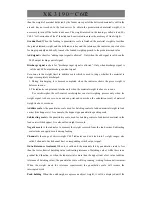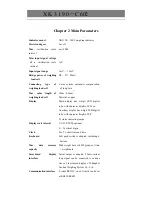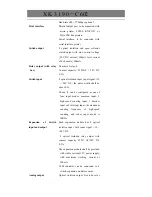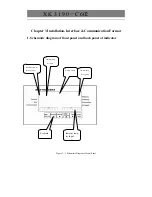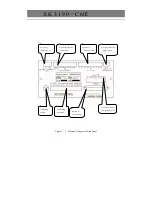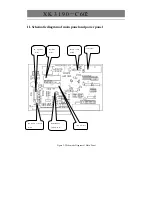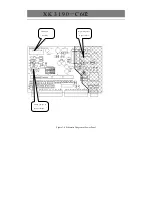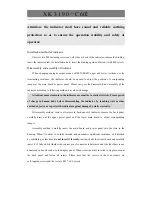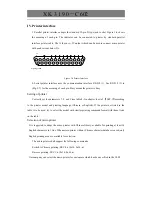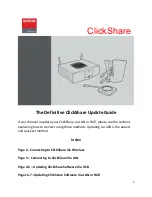
X K 3 1 9 0
-
C 602
Preface
Instruction for use of manual
This manual is for reference by the operators and installers of XK3190-C602 indicator during
their operation or installation and testing. Chapter 1 and chapter 2 of this manual introduce the
technological features and parameters of the indicator in a general manner. Chapter 3 and chapter
4 describe the installation, parameter setting and calibration methods which can be referred to by
installers and repairmen as well as by on-site operators who need to adjust the working modes and
parameters of the indicator. Chapter 5 gives out the details of on-site operation methods when the
indicator is used to control quantitative scale. Chapter 6 explains the ways and working
procedures of the indicator when it is used to control quantitative scale, which can assist installers
and operators in understanding the setting of each parameter. Chapter 7 covers the on-site
operation methods of indicator when it is used to control catchweigher. Chapter 8 focuses on the
ways and working procedures of the indicator when it is used to control catchweigher, which can
help installers and operators understand the setting of each parameter. The annexes provide
information for error prompt message, communication format, and general problems.
During use of this manual, you may browse it first, and then select the contents related to
your current task while omitting the part not concerned. After you have got a general
understanding of the indicator, you can read it once again carefully.
The following glossaries are used in the manual:
Parameters
are short for configuration parameters. The configuration parameters of quantitative
scale include the data setting of timing constant, batching value, and lead, while that of
catchweigher includes the data setting of timing constant and catch weight limit. Configuration
parameter 2 stands for the second set of parameters. Please note that only
【
SET 2
】
parameter can
be separately configured as 5 sets, while
【
SET 1
】
can only have 1 set.
Lead
During the feeding of quantitative scale, the weight of material on the load carrier is less




